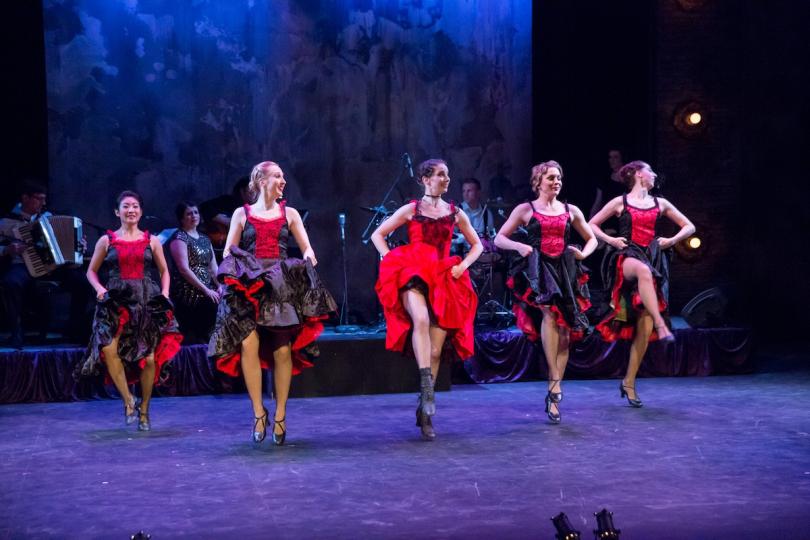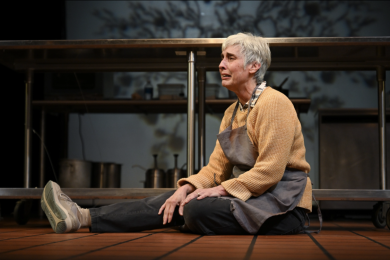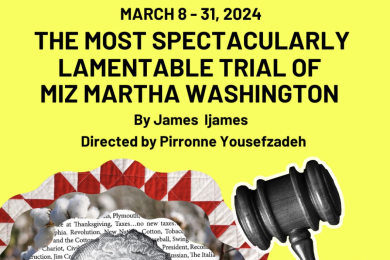Spectacle without words

Something you do not see in every program: a synopsis. Two long paragraphs explained what would be going on in Collide Theatrical’s show. Then, in case someone had not read the program, the choreographer came out and explained what we would be seeing: a mix of jazz dance, music and theater telling a story with no words.
Full of lovely dance numbers and entertaining music, Le Petit Moulin was a mostly wordless ride. But rather than reach for the unexpected, the talented cast moved through a predictable story (even without the spoiler-ridden synopsis) that did not justify the work it took to weave into the show.
Regina Peluso’s choreography follows a group of dancers re-opening a Paris nightclub after World War I. The club owner, unable to dance with a leg injury from the war, hires two sisters — one as a soloist, the other as a waitress after she butchered her audition. Countless dance numbers lead up to the opening cabaret, performed to popular songs like “Hollaback Girl,” “Girl on Fire,” and a few French classics like “La Vie en Rose.” Katie Gearty took the lead on vocals and served as a glamorous club singer, sometimes stepping away so the club owner and his assistant could sing. Everyone wore beautiful period costumes sewn by Sharon Quast, Olivia Center and Janet Jacobsen. Sarah Brandner’s lighting and The Ritz Theater framed the setting well. The band, led by impressive accordionist/pianist Doug Rohde, worked to tie everything together.
What could have been an interesting blend of genres turned out to be a dance showcase smattered with live music and over-the-top miming. In presenting a wordless story, it seemed like the creators forgot audiences can still dig subtle acting and emotional arcs. The dance numbers were fun, and often astonishing, thanks especially to lead dancers Heather Cadigan Brockman and Andrea Mislan as the sisters. Everyone was talented, but the full-blast performances made it feel more like a pageant than a story. The use of modern music was an interesting choice, but there was little variety in the numbers.
The best part could have belonged to another show, but it was wonderful nonetheless. Michael Hanna, the wounded club owner, limped out and for once had the stage to himself. He sat at the piano and played a moving “Nobody Knows You When You’re Down and Out.” Finally, fusing words, music, movement and acting told a story better than any one style could have. Hanna absolutely had the chops in all of them.
In trying to use dance, music and theater, the show ignored some of theater’s key abilities. How it can use the body to make people feel, think or understand something in a more profound way, or establish a narrative arc to serve a clear point, mainly. It also ignored musical theater’s beautiful use of song to express thoughts or emotions when nothing else will do. Collide Theatrical used all sorts of modes to tell this story, but in mishandling some of them, it made it difficult to see why they bothered to tell it.
At its core, this was a dance show with some music and theater elements. When looked at that way, it was enjoyable, fun and full of impressive performances. Why not just market it as it is?


